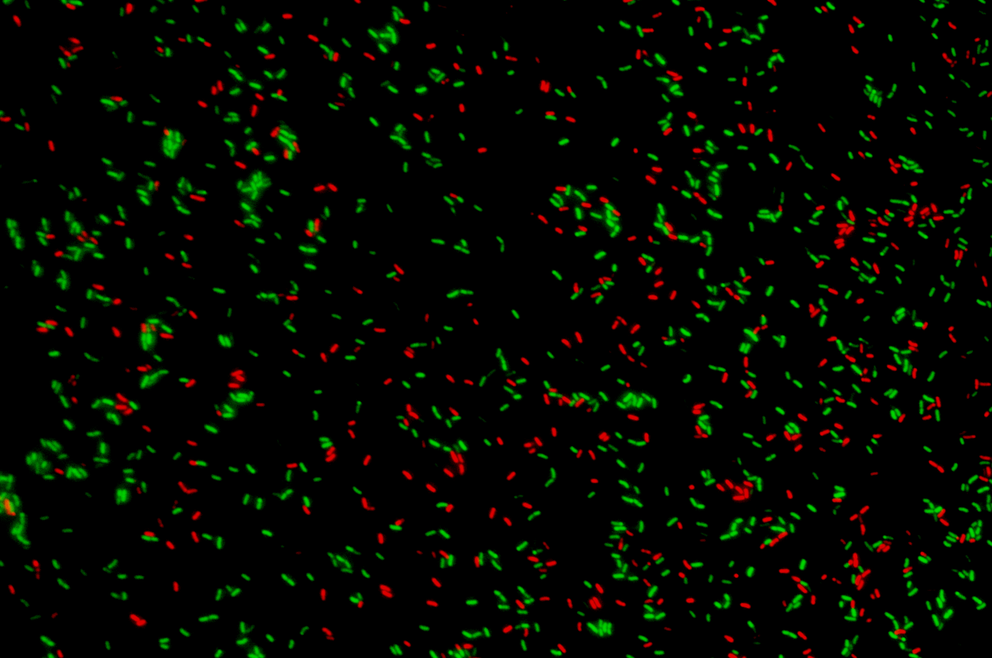BioApp Students
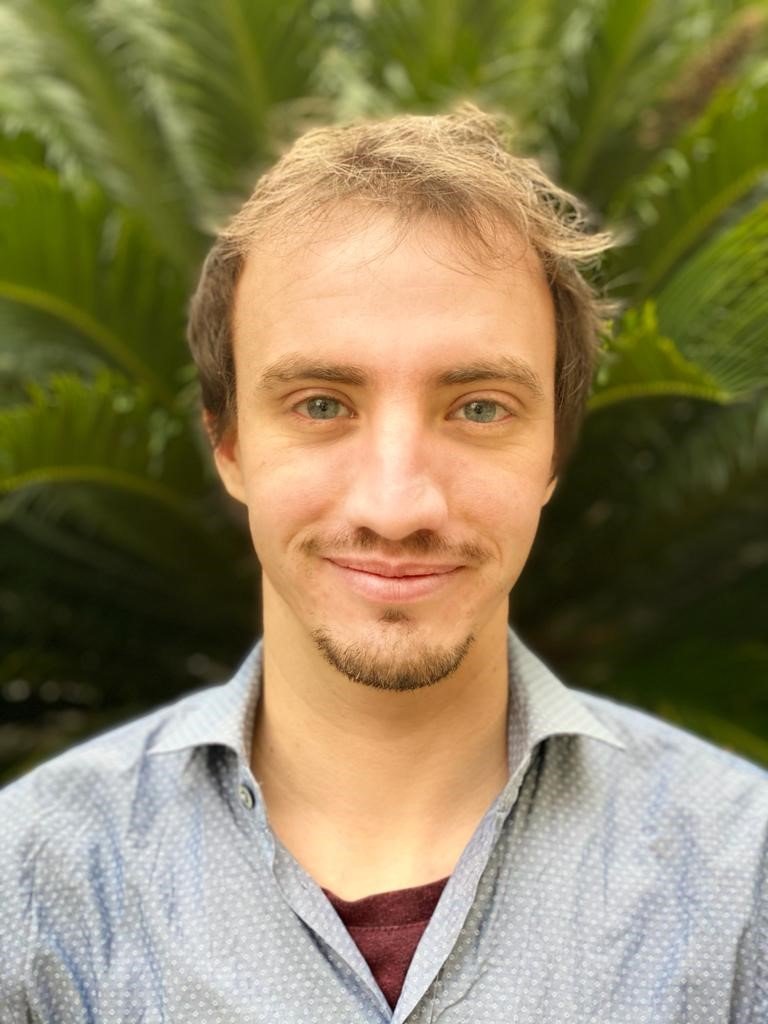
Philippe Belliard, MSc
Supervisor: Univ.-Prof. MMag. Dr. Michael Traugott
Co-Supervisor: Oskar Rubbmark PhD, Dr. Mattias Jonsson
I study how soil health-promoting agricultural practices such as reduced tillage impact the functional biodiversity of arthropod predators that contribute to biological pest control in crop fields. With a specific focus on carabid beetles, I also aim to elucidate how tillage and disturbances in agroecosystems affect trophic interactions in arthropod communities, considering the potential implications for pest biocontrol services.
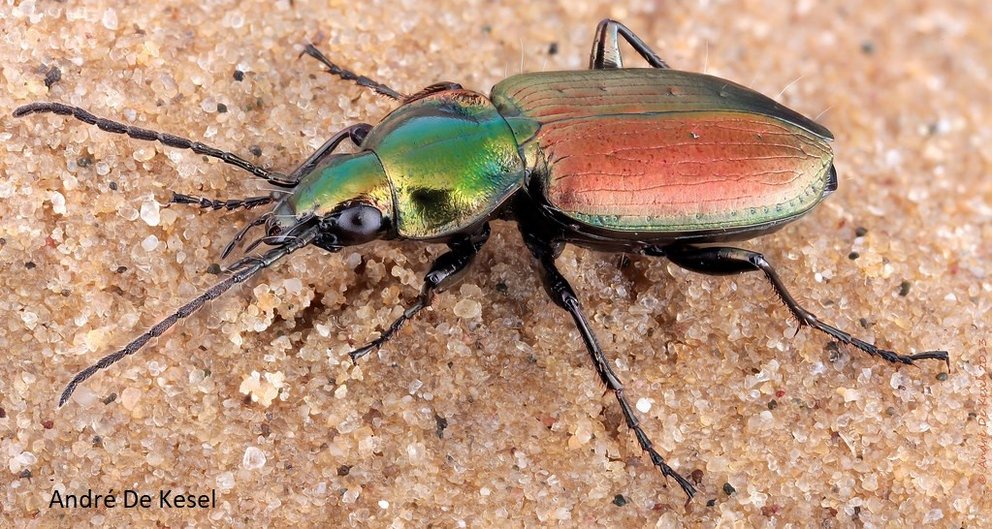

Lucia Colleselli, MSc
Department
Supervisor:
Co-Supervisor:
The research work focusses on the development of sustainable green biological-based synthesis methods of nanoscaled materials by suitable microorganisms. The major aims comprise the manufacturing of reproducible metallic nanoparticles with defined character on the one hand and controlled size tuning on the other. NPs exhibit unique properties regarding their size, shape and structure. Among the most popular metallic NPs are Ag, Au and Copper nanoparticles due to their unique optical, electrical and thermal features. Owing to their underlying morphological characteristics, nanoparticles find a diverse usage in the pharmaceutical, food and cosmetic industry as well as applications in agriculture, medical and environmental technology.
The conventional production of nanomaterials is based on chemical and physical processes that often exhibit adverse impacts on the environment. A variety of microorganisms possess the ability to reduce metallic cations and form nanoscaled particles. Biotechnologically generated metallic nanomaterials offer enormous potential for expanding the field of applications due to their unique biological particle structures. The processes involved in microbially mediated synthesis are resource conserving, energy and cost efficient and provide a green alternative for NP production. The fulfillment of the increasing demand for biosynthesized metallic NPs with their unique functional characteristics and cross-industry applications is, however, a future challenge.
Previously, we succeeded in successfully producing silver nanoparticles using yeast. By incorporating the synthesis parameter light and varying the irradiation intensities, particle sizes could be modified. Results of current trails of nanoparticle production using terrestrial microalgae further indicate a high potential for metal ion reduction. The tendency of light-dependent biosynthesis was observed in the generation of silver nanocomponents, whereas gold nanoparticles appeared under dark reaction conditions and with photon input. At present, promising results have also been achieved in obtaining nanoscale silver nanoparticles from extracts of the fungus Penicillium ochrochloron.
Since the specific properties of NPs strongly depend on the particle size, future experiments will aim at achieving different particle size regimes by varying cultivation as well as synthesis parameters.
Depending on the experimental outcome and particle character, we aim to identify particle properties and their potential applications. The current focus is on utilizing the antimicrobial properties of nanomaterials in membrane technologies to counteract biofouling.
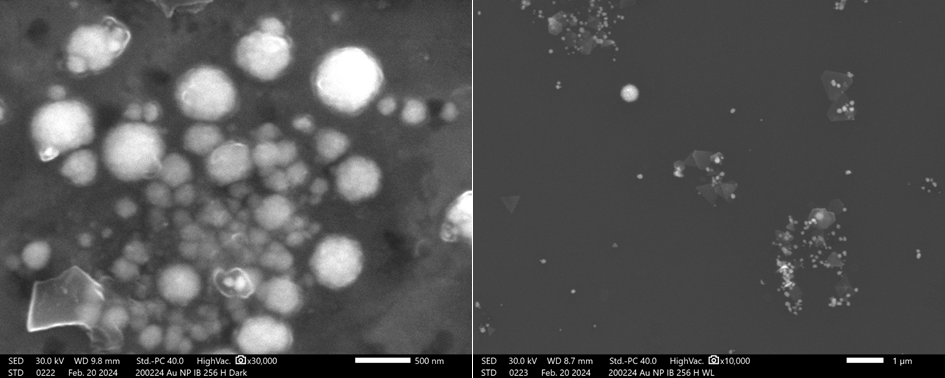
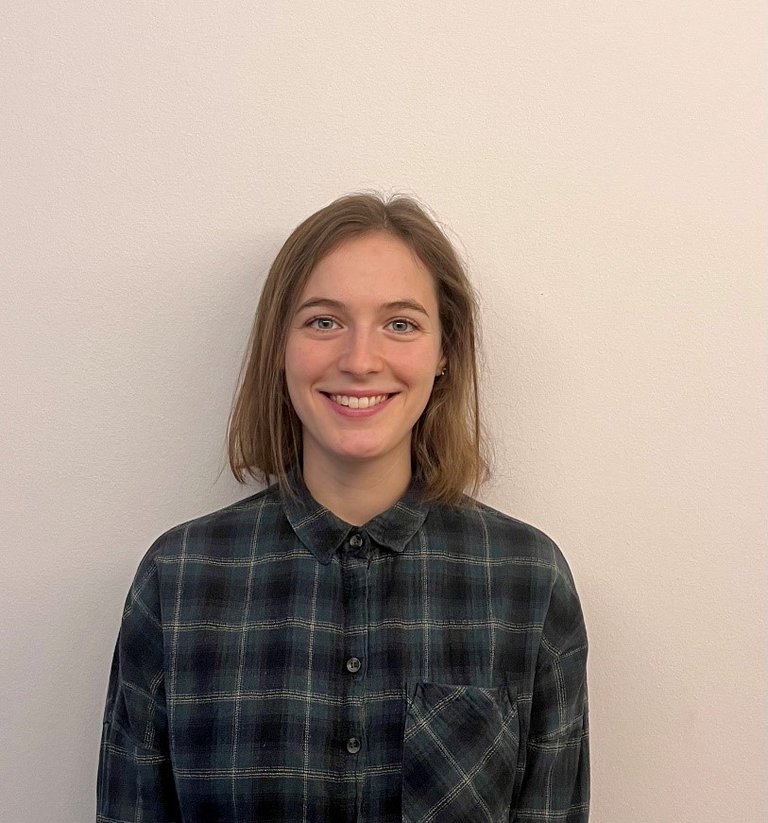
Hannah Embleton, MSc
Supervisor: Mag. Dr. Hermann Strasser
Co-Supervisor: Mag. Dr. Priv.-Doz Martin Kirchmair, Univ. Prof. Dr. Susanne Zeilinger-Migsich
Beauveria brongniartii, a natural antagonist of the cockchafer (Melolontha melolontha), is employed as a biological control agent to control cockchafer infestations. However, the currently used granular formulation is not applicable on steep alpine slopes. This necessitates the development of a liquid formulation that can be efficiently injected into the soil using lightweight, maneuverable machinery. As such, this research evaluates which morphotype of B. brongniartii (BIPESCO 2) holds the greatest potential for formulating a liquid product suitable for field applications. While preliminary trials have indicated the suitability of a culture broth and suspended aerial conidia, this study will delve into the fermentation and use of blastospores. Field trials will be conducted, with close monitoring of both abiotic and biotic factors to discern their influence on fungal establishment in the soil. In light of the recent challenge to the long-standing belief that B. brongniartii is the prevalent pathogen of the cockchafer, this research project also reevaluates the dispersal patterns of Beauveria spp. The aim is to identify the most common pathogen infecting M. melolontha larvae, which will be accomplished through the isolation and identification of the fungi responsible for mycosis of the larvae. By addressing these aspects, this research provides valuable insights for refining pest management strategies and understanding ecological interactions.

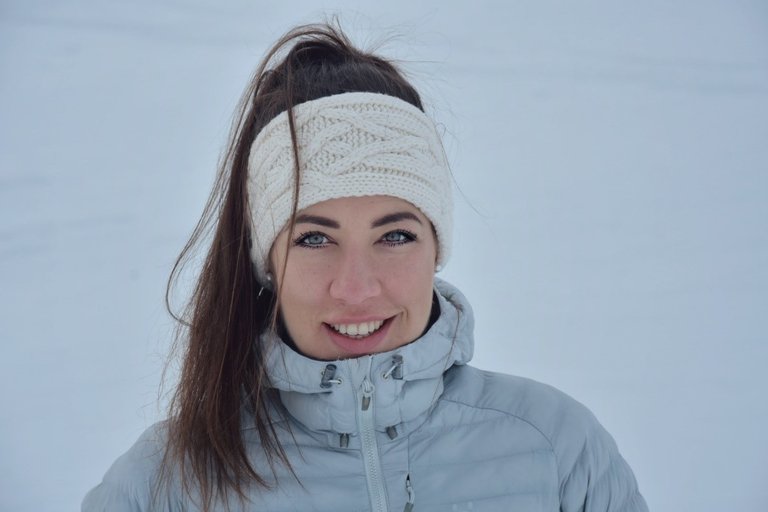
Sabrina Gurten, MSc
Supervisor: Univ.-Prof. MMag. Dr. Michael Traugott
Co-Supervisor: Dr. Andreas Müller
Sabrina’s PhD project focuses on studying pollinators in agroecosystems in Switzerland and Austria. The project aims to establish a new, non-invasive approach using environmental DNA (eDNA) to study pollinator communities at a high resolution. Traditional insect monitoring methods rely on traps and invasive measures, which are very time-consuming, require specialized expertise, and contribute to the ongoing decline of insects. These factors hinder a rapid and comprehensive progress in unravelling the intricate interplay between flowering plants and their pollinators.
However, understanding the dynamics of flower-visiting insects is crucial as they play an essential role in pollinating crops and wild plants, directly impacting global food security and biodiversity. Monitoring interactions within a flower-pollinator-network can therefore help to assess environmental changes and to develop locally adapted management strategies, such as flower strips. These strategies could ultimately reduce (food) competition between managed honeybees and native wild bees. The research aims to guide targeted conservation strategies to ensure the sustainability of ecosystems and agricultural systems.
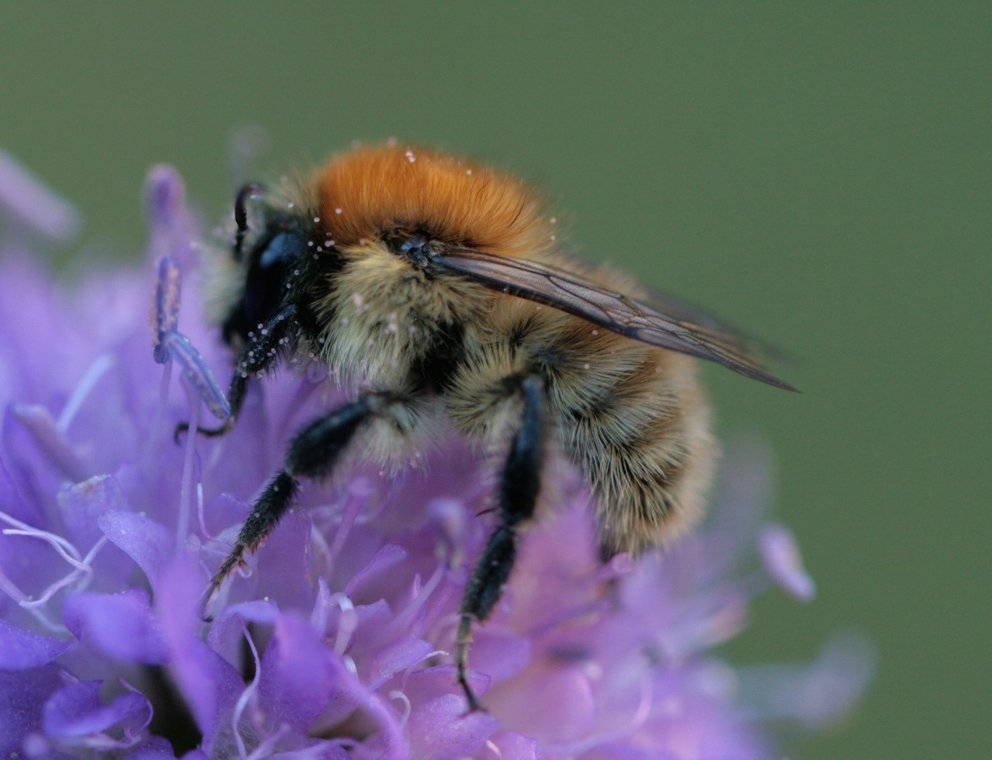
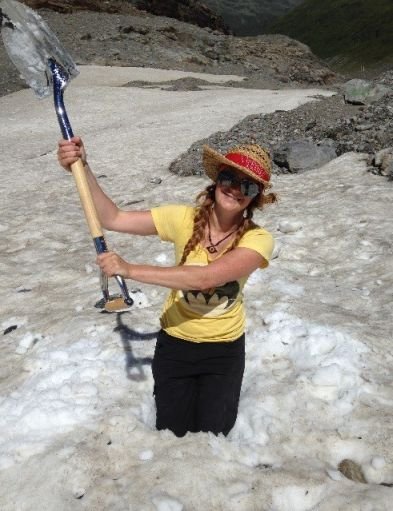
Michaela Hittorf, MSc
Supervisor: Ass. Prof. Mag. Dr. Sigrid Neuhauser
Co-Supervisor: Univ.-Prof. Mag. Dr. Ilse Kranner
I am working with phytomyxids (belonging to the Rhizaria) which are obligate biotrophic parasites infecting a wide range of hosts including plants and brown algae. My work mainly focuses on the interactions between the parasites and their hosts. This includes the induction of local endoreduplication in infected host cells as well as cell wall modifications of infected cells. Additionally, I am also interested in the diversity of phytomyxids.
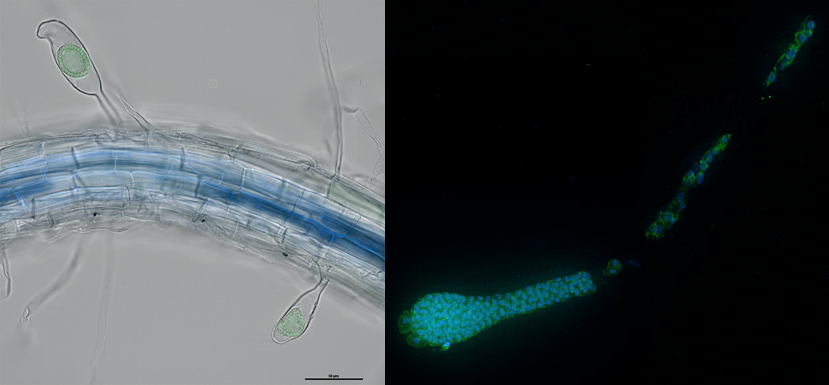
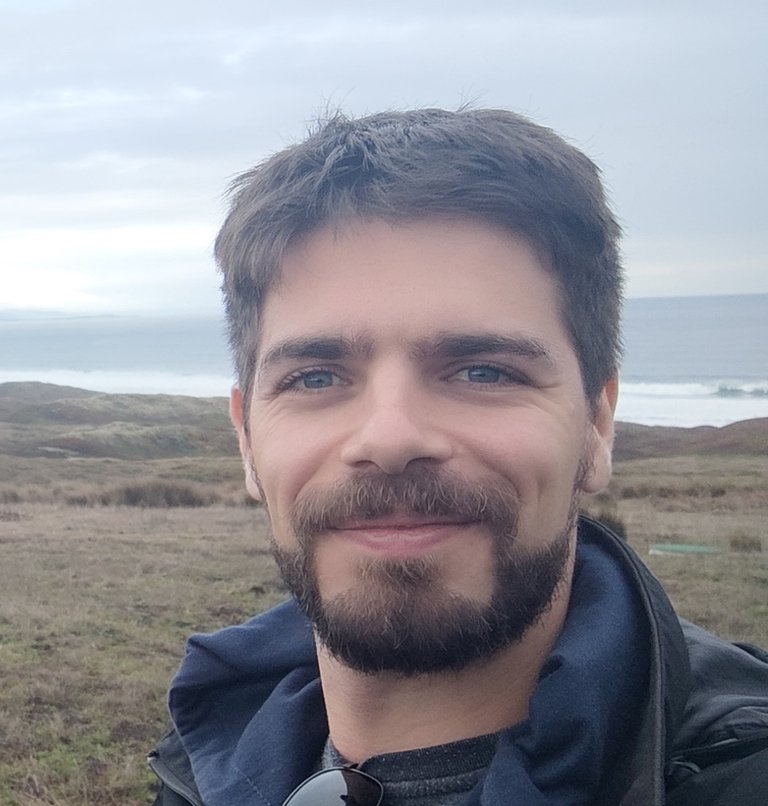
Pedro Leote, MSc
Supervisor: Univ.-Prof. MMag. Dr. Michael Traugott
Co-Supervisor: Dr. Hugo Rebelo
Food production is reliant on ecosystem services, which in turn are affected by natural and anthropogenic changes. In this context, pesticide use represents a risk for both biodiversity, and the ecological processes underlying the reliability of the ecosystem services it provides. To avoid their further degradation, sustainable alternatives are required, such as biological control. However we still do not understand how this service builds up over the seasons, which is key to making it reliable. Using high temporal resolution molecular diet data from the pest’s predators, this project aims to understand the temporal dynamics of food webs in agricultural fields, to determine critical time points when biological control can be managed, to ensure effective pest control.
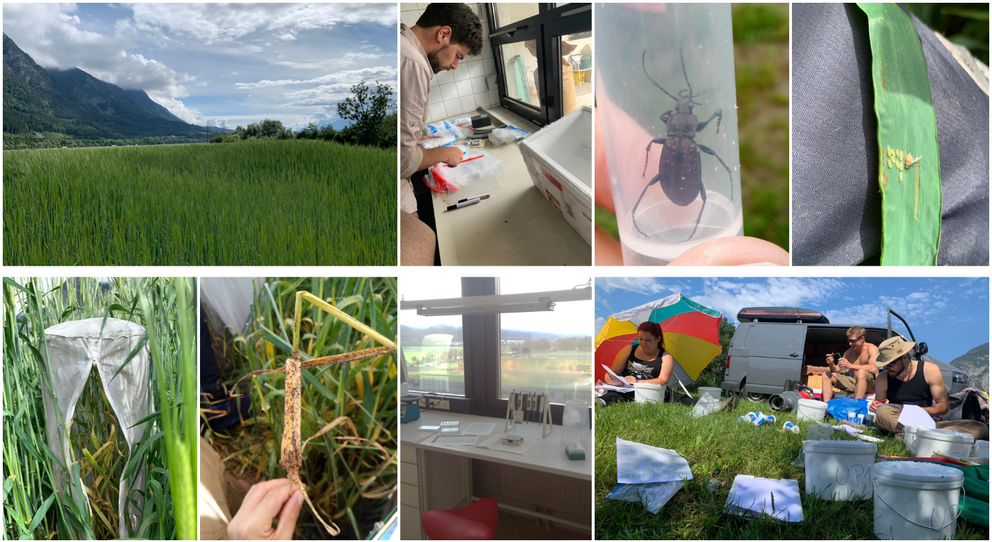
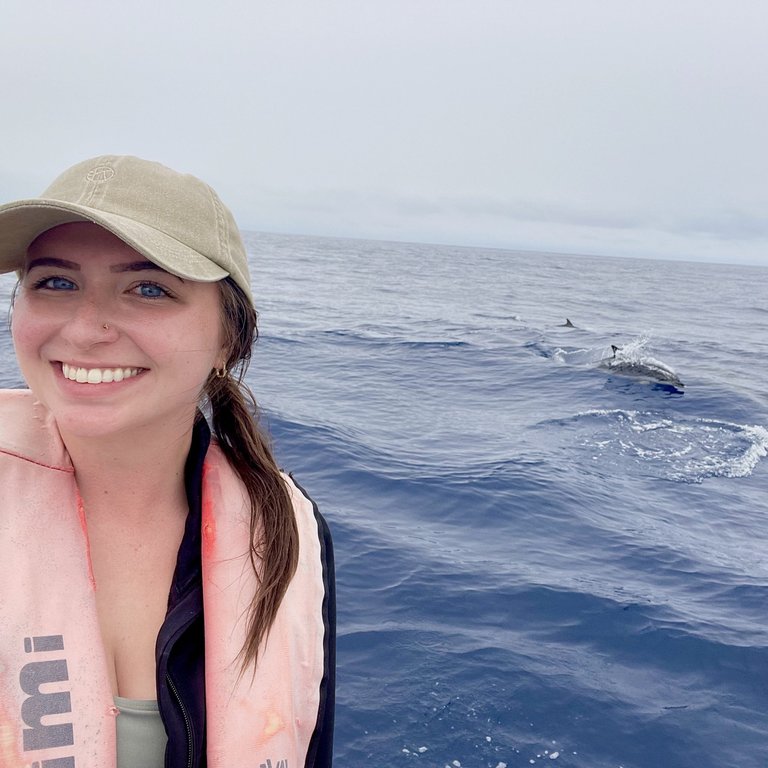
Lauren Rodriguez, MSc
Supervisor: Univ.-Prof. MMag. Dr. Michael Traugott
Co-Supervisor: Bettina Thalinger PhD, Mónica Silva, PhD (University of the Azores)
My PhD work focuses on the development and optimization of laboratory and field sampling techniques used to study the environmental DNA of sperm whales in the Azores and humpback whales in Iceland. I use a variety of applied molecular techniques to assess the presence, feeding ecology, and population genetics of these whale species as a part of the multinational eWHALE project (ewhale.eu).
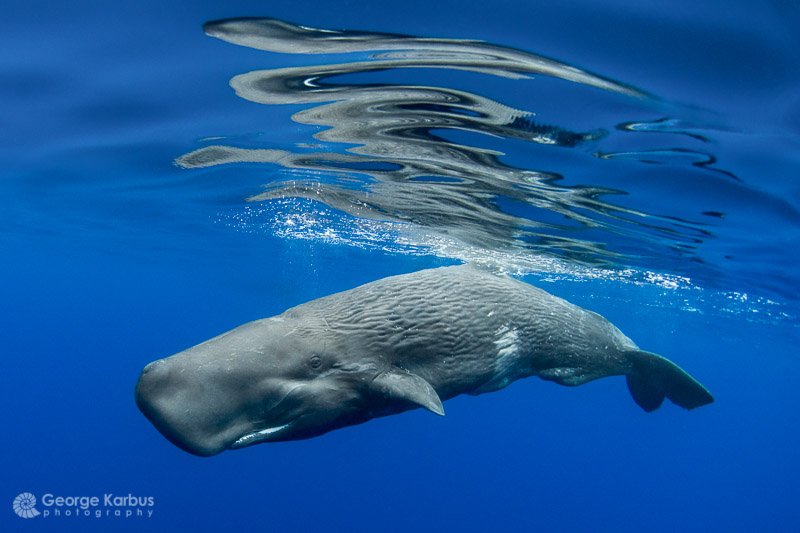
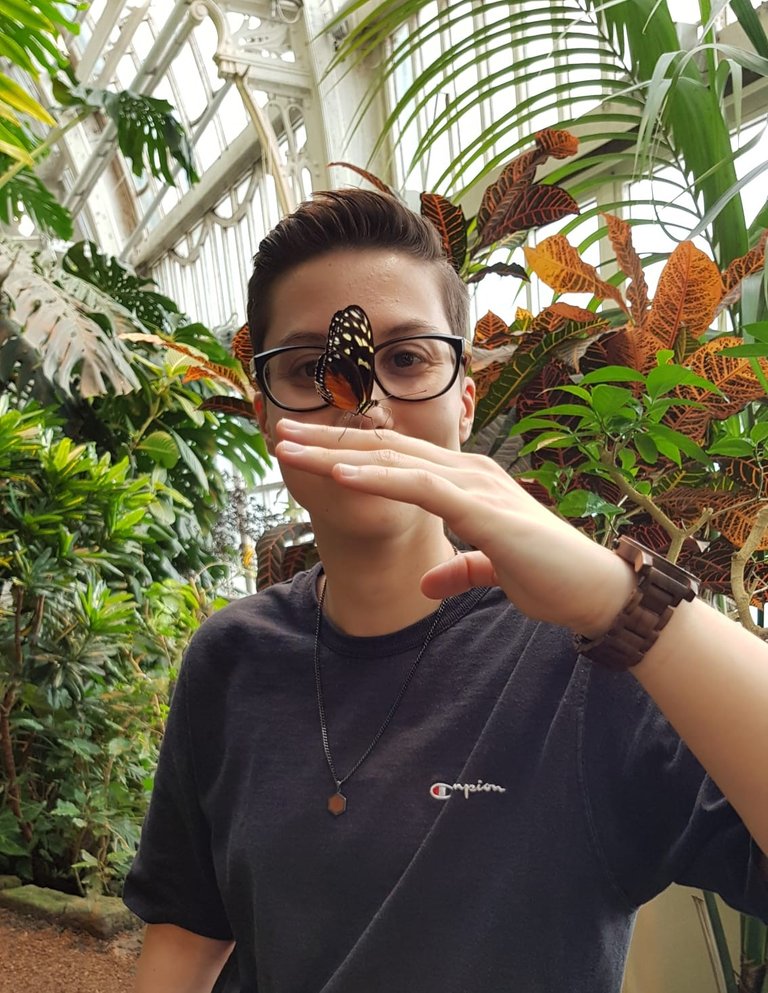
Katharina Russ, MSc
Supervisor: Ass. Prof. Mag. Dr. Sigrid Neuhauser
Co-Supervisor: Univ. Prof. Dr. Susanne Zeilinger-Migsich, Mag. Dr. Priv.-Doz Martin Kirchmair
One of the most effective brown-rot causing fungi is Serpula lacrymans, which colonizes houses in temperate and boreal regions all over the world. The transportation of timber infected with S. lacrymans by humans has helped the fungus to spread to temperate regions such as North and South America, Australia and New Zealand. S. lacrymans is known as the most difficult wood-destroying fungus to get rid of, because it can not only grow on relatively dry timber, but can also grow through masonry.
When S. lacrymans is degrading timer in buildings, it has to be taken into account that the fungus does not occur alone, but is accompanied by other fungi and bacteria. Accordingly, it has been shown that bacteria influence the behaviour of S. lacrymans in culture. Bacteria, similar to fungi, have biopolymer-degrading properties and therefore may help S. lacrymans to attack the wood.
Aim of this PhD project is to identify CAZymes from S. lacrymans associated bacteria and test howo bacteria with clearly different CAZyme profiles interact with S. lacrymans in microcosm experiments. In these experiments, the depolymerisation of lignin and cellulose by the combined fungal and bacterial community will be studied in order to better understand brown rot infestation in houses.
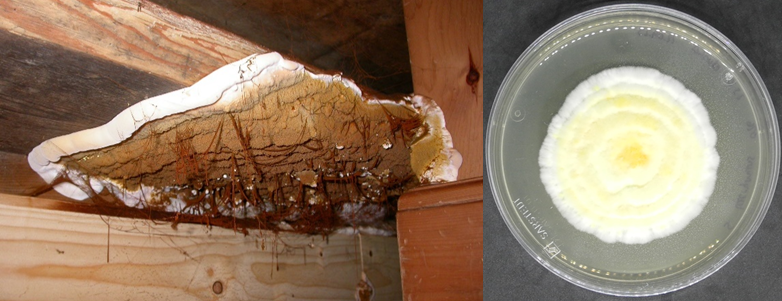

Anagha Santhosh, MSc
Supervisor: Ass. Prof. Mag. Dr. Sigrid Neuhauser
Co-Supervisor: Assoz. Prof. Mag. Dr. Andreas Holzinger, Dr. Pedro Murúa
The class phytomyxea comprises organisms that are obligate endoparasites of flowering plants and stramenopiles. Brown algae consist of photosynthetic multicellular organisms belonging to the stramenopila. This project investigates the interaction between the brown algae Ectocarpus siliculosus and the phytomyxean parasite Maullinia ectocarpii. Focus will be on the processes linked to energy production and transfer between the algae and pathogen along short term and long term gradients. Aim is to identify the developmental and circadian processes in M. ectocarpii to better understand the growth and development of the pathogen inside the host. Also aims to study dynamis of defence-related genes (eg. immunophilin genes) in M. ectocarpii.


Sophia Strobl, MSc
Supervisor: Univ.-Prof. i. R. Dr. Heribert Insam
Co-Supervisor: Mag. Dr. Sabine Podmirseg, Ao. Univ.-Prof. Mag. Dr. Ursula Peintner, Dr. Garreth W. Griffith
My PhD topic revolves around Neocallimastigomycota, an extraordinary phylum of fungi that life anaerobically in the gut of many herbivorous animals. I am particularly interested in their different life cycle stages and want to find out more about their survival strategies and stress responses to hostile environmental conditions. Furthermore, I want to explore ways to harvest their powerful enzymes (that have the ability to degrade recalcitrant plant material) and detect intra- and extracellular DNA patterns throughout their life cycle.
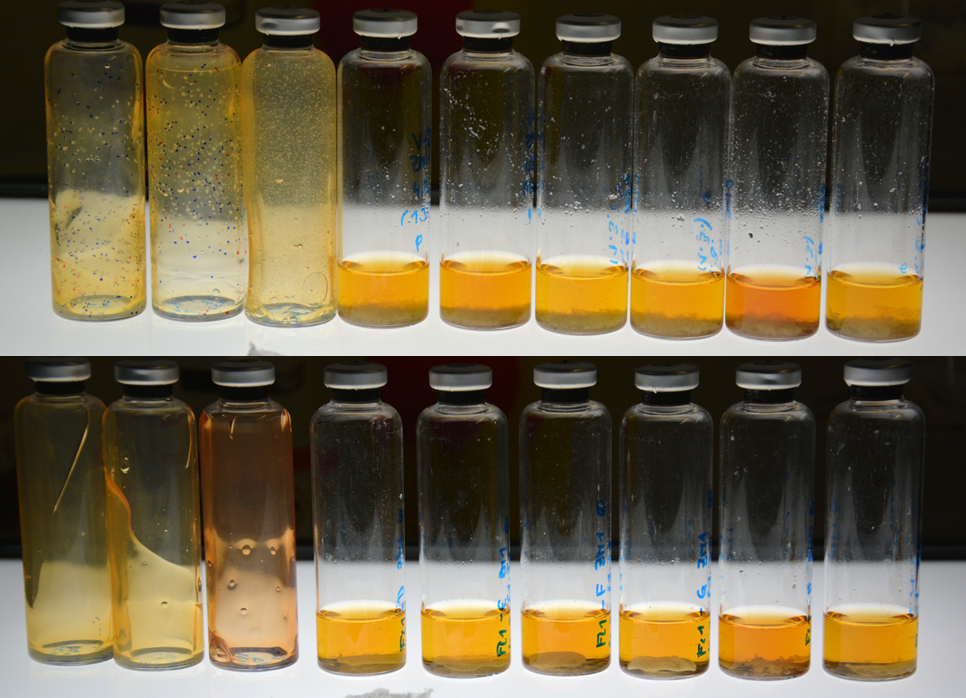
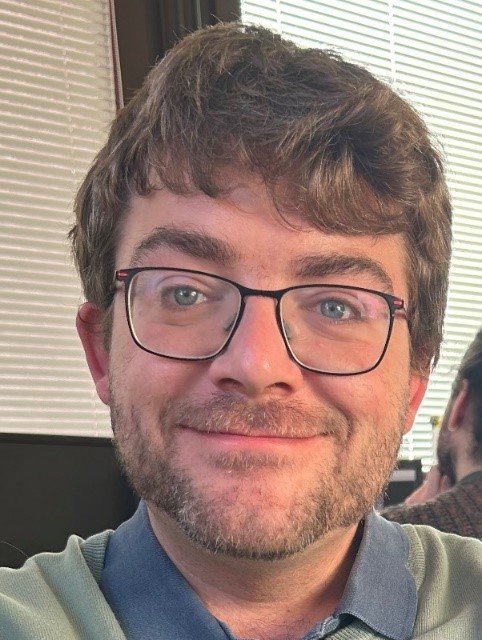
Georg Walch, MSc
Supervisor: PD Mag Dr. Martin Kirchmair
Co-Supervisor: Ass. Prof. Mag. Dr. Sigrid Neuhauser
As biological interactions go, those between humans and the greenish-gray molds growing in that perpetually damp corner of their living room are likely not the most pleasant – at least from an anthropocentric perspective. And yet, fungi are ubiquitous in the environment, including the indoor ones where humans spend a large part of their lives.
Georg Walch is a PhD student at the Institute of Microbiology I, Mycology, in the working group Fungal Systematics and Taxonomy, headed by Dr. Martin Kirchmair. His research focus are fungi in indoor environments: From Serpula lacrymans, a basidiomycete considered to be the most damaging destroyer of indoor wood constructions, to the heterogenous group of filamentous fungi colloquially called ‘molds’.
Georg’s research is often focused on applied aspects of dealing with indoor fungi. Improving the evaluation of air sampling data for consulting purposes, studying the distribution of fungal growth in floor constructions during technical drying procedures after water damage, and trying to assess the risk for human inhabitants of spaces colonized by Stachybotrys chartarum (the infamous black mold) are topics that he is or was involved in. His methodological expertise is in mycological cultivation and identification techniques.
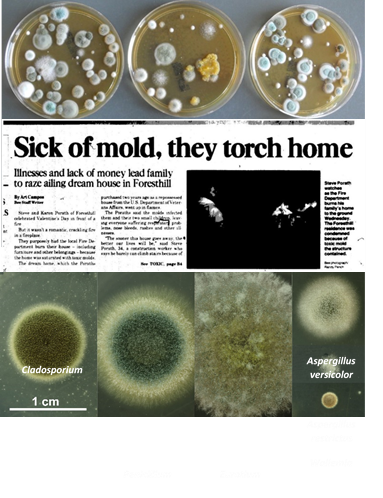
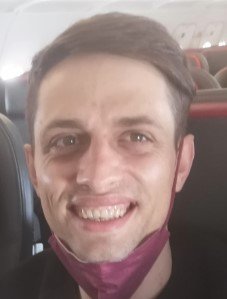
Mathias Wunderer, MSc
Supervisor: Mag. Dr. Priv.-Doz Andreas Wagner
Co-Supervisor: Univ.-Prof. Mag. Dr. Rosa Margesin
The progressively improved exploitation of the chemically bound energy in substrates designated for anaerobic digestion (AD) increased both, biogas yields and the risk of undesired by-product formation due to improved substrate disintegration, which can cause severe disturbances during the cascade-like working anaerobic degradation process. Thus, restricted biogas performance and (tremendous) financial problems may result. Phenyl acids (PAs) like phenylacetate, -propionate and/or, -butyrate (PAA, PPA, PBA) are suspected of having negative effects on AD processes. These aromatic acids can emerge from substrates rich in protein or ligno-cellulose content reflecting microbial degradation products or intermediates. To determine the impact of these phenyl acids on methano- and acetogenesis, the aim of the presented PhD project is to investigate the effect of PAs on twelve methanogenic Archaea, two syntrophic acetate oxidizing Bacteria (SAOB’s), as well as co-cultures of SAOB’s and the methanogenic archaeon Methanospirillum hungatei. First results showed that the phenyl acid PBA had the greatest negative effect on growth and methane production during methanogenesis, followed by PPA and PAA. The application of different concentrations of PAs mainly impacted growth kinetics – resulting in delayed growth and reduced methane production. It could be demonstrated that hydrogenotrophic methanogens showed a higher sensitivity against the phenyl acids under mesophilic conditions than under thermophilic conditions. Further biochemical and molecular-biological investigations will follow to obtain a conclusive picture of the effects of PAs during the AD process.
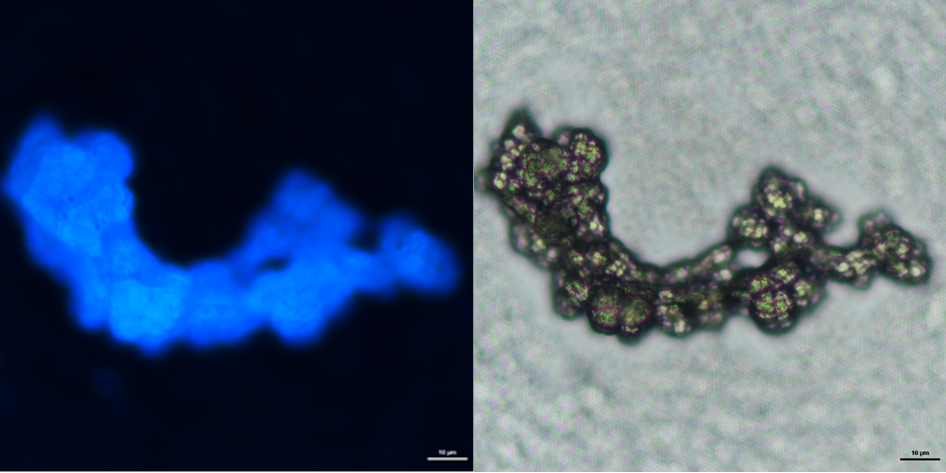
Figure 1: Microscopy images of the same culture of Methanosarcina thermophila with different objectives. A = 0.07 μm/px (40 x) phase contrast, B = 0.07 μm/px (40 x) fluorescence.
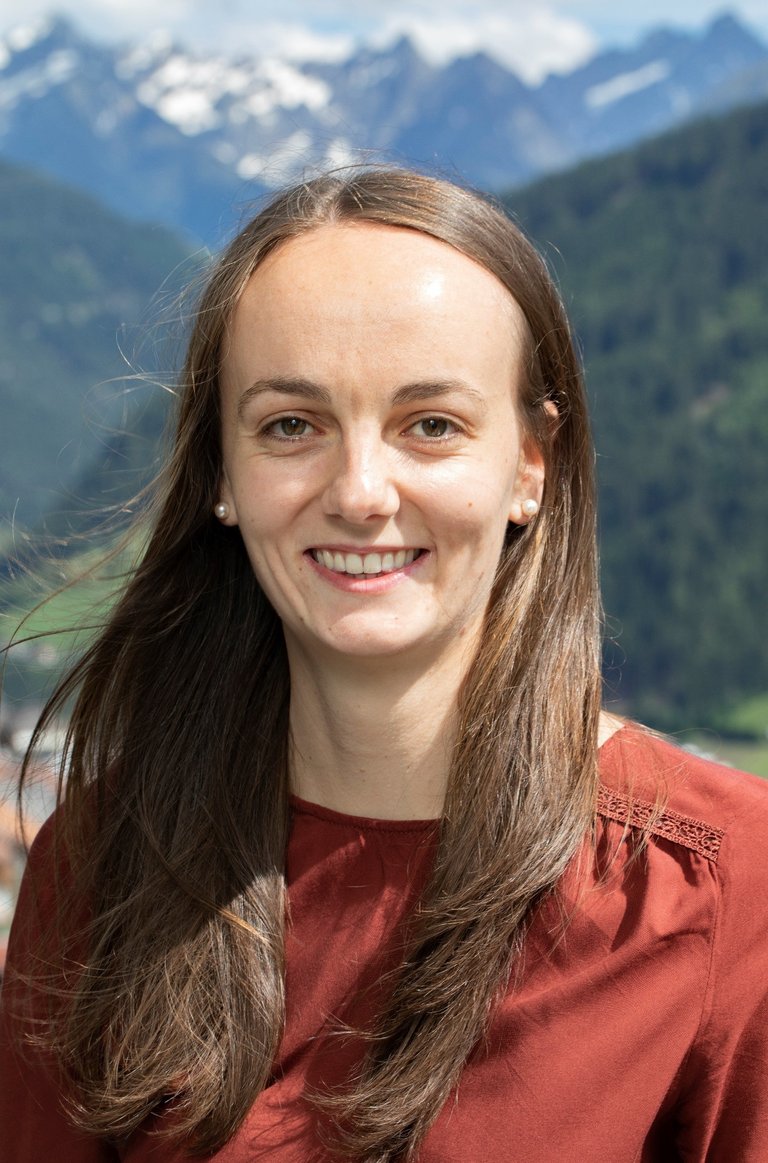
Julia Zöhrer, MSc
Supervisor: Mag. Dr. Priv.-Doz Andreas Wagner
Co-Supervisor: Mag. Dr. Judith Ascher-Jenull, Univ.-Prof. Mag. Dr. Rosa Margesin, Dr. María Gómez Brandón
The cultivation-independent characterization of microbial communities within different environments is commonly based on the extraction of the entire environmental DNA (eDNA). Depending on the research question asked (e.g. potentially active microbial consortium, past communities), such analyses may severely be distorted as eDNA consists of both intracellular (iDNA) and extracellular DNA (exDNA). Indeed, different strategies for the separation of exDNA and iDNA have been established, but research on methodological ambiguities leading to the cross-contamination of the different DNA fractions as well as the concomitant validation and applicability to various environmental matrices is scarce, hampering the general acceptance of these methods. Hence, the optimization, validation and application of the sequential extraction of exDNA and iDNA are the main objectives of my PhD thesis to i) minimize methodological ambiguities potentially leading to the cross-contamination of the different DNA fractions within clearly defined and traceable systems of gram-positive and gram-negative organisms; ii) ensure the reliable and accurate separation of exDNA and iDNA regardless of the environmental matrix sampled; and iii) unveil the ecological relevance and surplus of genetic information of exDNA and iDNA compared to the total eDNA pool for DNA-based studies in molecular microbial ecology.
